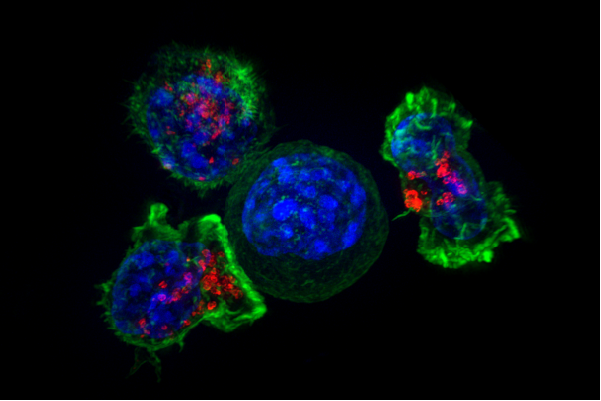
Patients receiving care for advanced cancer at Moores Cancer Center at UC San Diego Health were more likely to survive or experience a longer period without their disease progressing if they received personalized cancer therapy, report University of California San Diego School of Medicine researchers.
Led by Razelle Kurzrock, MD, director of the Center for Personalized Cancer Therapy at Moores Cancer Center and senior author of the study, a multidisciplinary molecular tumor board was established to advise treating physicians on course of care using an individual patient’s molecular tumor makeup to design precision medicine strategies.
“Patients who underwent a molecular tumor board-recommended therapy were better matched to genomic alterations in their cancer and had improved outcomes,” said Kurzrock. “The three-year survival for patients with the highest degree of matching and who received a personalized cancer therapy was approximately 55 percent compared to 25 percent in patients who received therapy that was unmatched or had low degrees of matching.”
Of 429 patients evaluated by the molecular tumor board, 62 percent were matched to at least one drug, report the researchers in the October 2, 2020 online issue of Nature Communications. Twenty percent of patients matched to all recommended drugs, including combination therapies.
The tumor board acted in an advisory role and treating physicians chose not to use the board’s recommended strategy in 38 percent of cases, opting instead for a standard therapy approach that might have been unmatched to the patient’s genetic alterations or had a low degree of matching. These patients experienced a lower progression-free survival and overall survival rates.
The use of next-generation sequencing allows for the identification of novel potential targets for patients with cancer to improve outcomes, but there are challenges to using this approach widely, said Shumei Kato, MD, associate professor of medicine at UC San Diego School of Medicine and first author.
Source: Read Full Article